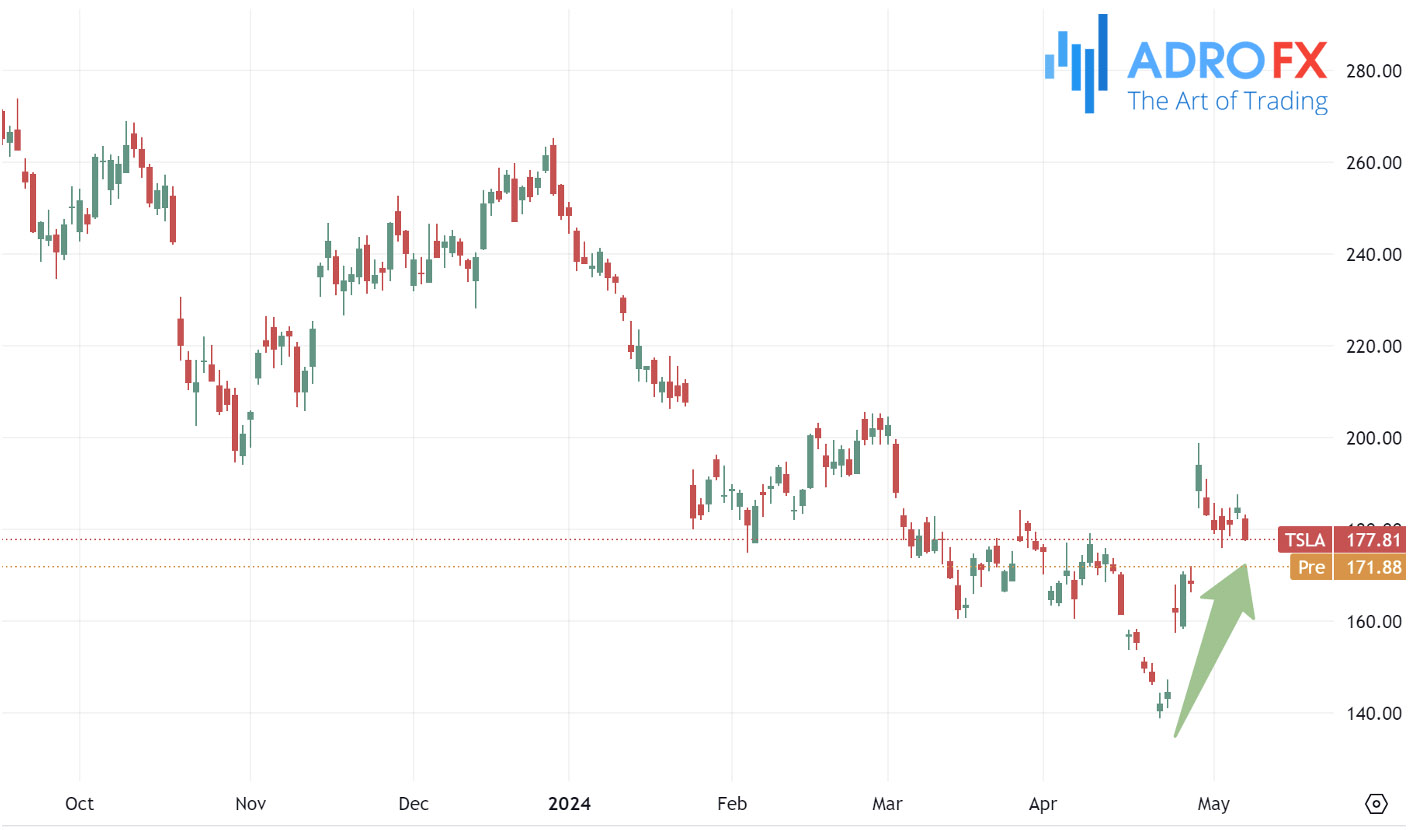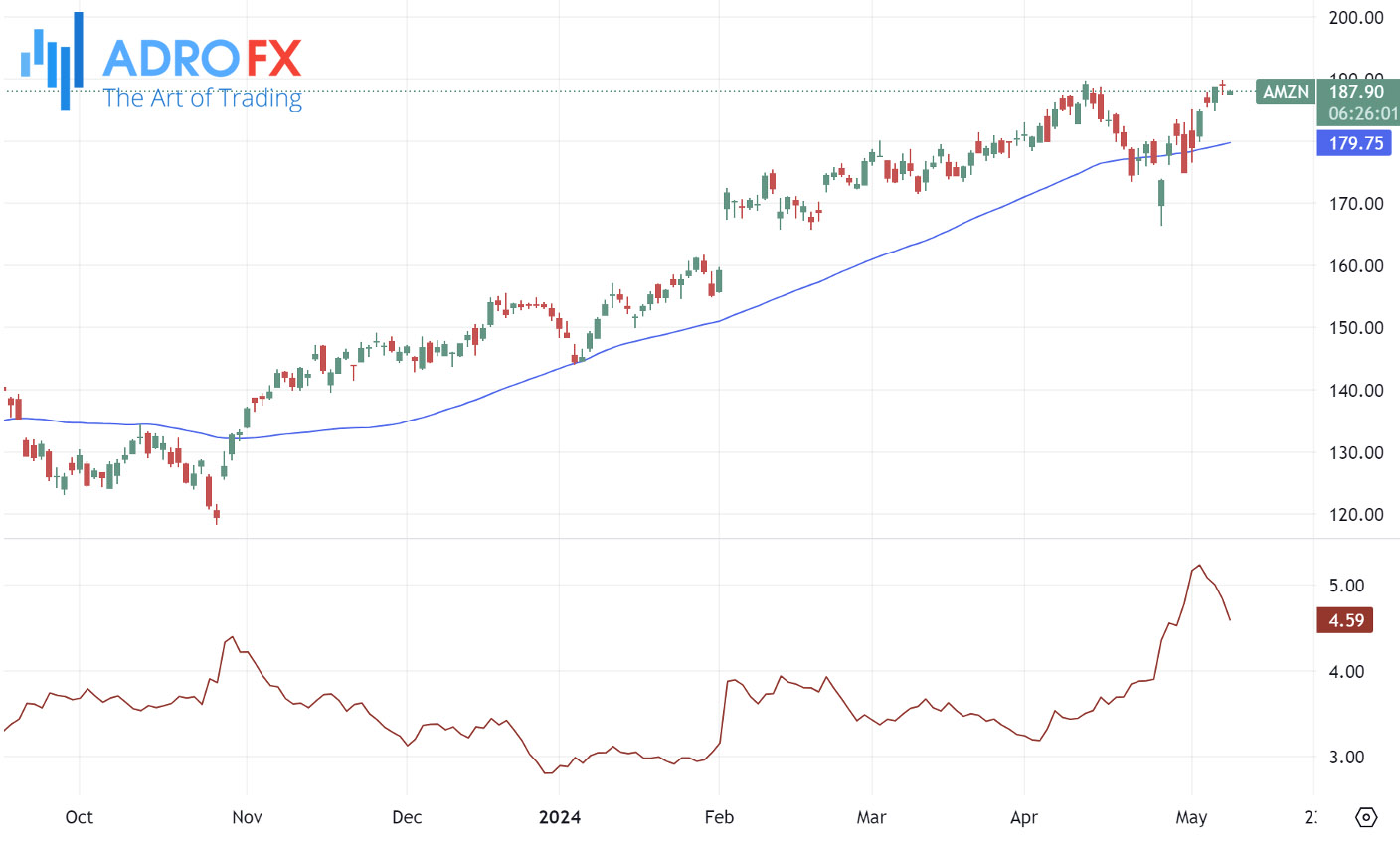Winning Stocks for Day Traders: Strategies for Selecting High-Profit Stocks

Day trading, a widely adopted trading approach, entails the swift buying and selling of financial assets within a single trading day to capitalize on fleeting price shifts. Effective day trading necessitates rapid decision-making, adept technical analysis capabilities, and a profound comprehension of market intricacies. An indispensable element of profitable day trading lies in the meticulous selection of suitable stocks. This article aims to delve into the parameters guiding the selection of day trading stocks and underscore the pivotal importance of astute stock selection for day traders.
Criteria for Selecting Day Trading Stocks
Day trading demands meticulous attention when selecting stocks for trading. Several critical factors play a pivotal role in determining the most suitable stocks for day trading strategies. These factors encompass volatility, liquidity, price range, and sector analysis. By comprehending and implementing these factors, day traders can elevate their trading performance and augment their success prospects within the dynamic domain of day trading. Let's delve into each factor in detail to grasp its significance in effectively selecting day trading stocks.
Volatility
Volatility characterizes the extent of variation in a stock's price over a period. For day traders, volatile stocks present enticing opportunities for swift profits. Heightened volatility entails more significant price fluctuations, enabling traders to exploit short-term price movements. Volatile stocks often witness rapid price alterations within a single trading session, offering numerous chances to initiate and exit trades at advantageous prices.
Liquidity
Liquidity denotes the ease with which a stock can be traded in the market without substantially impacting its price. In day trading, liquidity holds the utmost importance for executing trades promptly and smoothly. Stocks with high liquidity boast a substantial number of buyers and sellers, leading to narrow bid-ask spreads and minimal price slippage. This facilitates traders in entering and exiting positions effortlessly, mitigating the risk of being unable to execute trades at desired prices.
Price Range
Selecting stocks within an appropriate price range is imperative for day traders. While there's no fixed price range deemed ideal for day trading, stocks with lower absolute prices (typically below $50) are favored by day traders owing to their affordability. Lower-priced stocks enable traders to assume larger positions with smaller account sizes, enabling them to diversify their trades and manage risk more effectively.
Sector Analysis
Sector analysis entails evaluating the performance and prospects of specific industry sectors to identify potential day trading opportunities. Certain sectors may exhibit trends or news-induced volatility conducive to favorable trading conditions. For instance, technology stocks might undergo heightened volatility during earnings seasons or in response to industry developments. By staying abreast of sectoral trends and news events, day traders can capitalize on opportunities stemming from sector-specific catalysts.
In the subsequent sections of this article, we will delve deeper into each factor and furnish practical insights into selecting day trading stocks based on volatility, liquidity, price range, and sector analysis. By comprehending these factors and integrating them into their trading strategies, day traders can heighten their success odds and optimize their profits in the fast-paced realm of day trading.

Top Day Trading Stocks for Profits
After considering the criteria for selecting day trading stocks, let's delve into a list of recommended stocks that align with these criteria. Each stock on this list will be accompanied by a brief company overview, recent price movements and volatility, average daily trading volume, and any relevant news or upcoming events that could impact its performance.
Tesla Inc. (TSLA)
- Company Overview
Tesla is a leading electric vehicle (EV) manufacturer known for its innovative technology and sustainable energy solutions.
- Recent Price Movements and Volatility
Tesla's stock has exhibited significant volatility, making it an attractive option for day traders seeking price fluctuations.
- Average Daily Trading Volume
With a high average daily trading volume, Tesla offers ample liquidity for executing trades swiftly and efficiently.
- Relevant News/Upcoming Events
Recent news regarding Tesla's quarterly earnings report and production targets may influence short-term price movements.
Apple Inc. (AAPL)
- Company Overview
Apple is a multinational technology company renowned for its consumer electronics, software, and digital services.
- Recent Price Movements and Volatility
Despite its stability, Apple occasionally experiences price fluctuations driven by product launches, earnings reports, or market sentiment shifts.
- Average Daily Trading Volume
Apple's stock boasts high liquidity, allowing traders to enter and exit positions with ease.
- Relevant News/Upcoming Events
News related to iPhone sales, new product releases, or legal battles may impact Apple's stock price in the short term.
Amazon.com Inc. (AMZN)
- Company Overview
Amazon is a global e-commerce and technology giant, offering a wide range of products and services.
- Recent Price Movements and Volatility
Amazon's stock is known for its occasional volatility, driven by factors such as earnings announcements, regulatory issues, or market trends.
- Average Daily Trading Volume
With robust trading volume, Amazon provides ample liquidity for day traders seeking to capitalize on short-term price movements.
- Relevant News/Upcoming Events
News regarding Amazon's expansion into new markets, cloud computing developments, or regulatory scrutiny may impact its stock price.
Case Studies
In this section, we'll provide detailed case studies of successful day trading strategies applied to specific stocks. These case studies will offer insights into the application of various trading techniques, including entry and exit points, risk management strategies, and profit-taking approaches. By examining real-world examples of successful day trades, readers can gain a deeper understanding of how to implement effective trading strategies in their own day trading endeavors.
Tesla Inc. (TSLA)
In this case study, we delve into a successful day trading strategy executed on Tesla Inc. Traders identified an opportune entry point by leveraging technical analysis, recognizing a bullish pattern indicating a potential price breakout. The decision to enter a long position was based on the breakout confirmation, supported by robust trading volume and positive market sentiment.

Throughout the trading session, traders closely monitored Tesla's price movements, employing a trailing Stop Loss strategy to manage risk and protect capital. By setting dynamic Stop Loss orders that adjusted with the stock's price fluctuations, traders mitigated potential losses while allowing room for profit maximization.
As the price of Tesla's stock surged following the breakout, traders diligently monitored key technical levels and market dynamics to determine the optimal exit point. Using a combination of technical indicators and price action signals, traders exited the position at predefined profit targets or when signs of a potential reversal emerged.
Risk management played a pivotal role in this day trading strategy, with traders implementing proper position sizing and risk-reward ratios to ensure disciplined execution. By adhering to strict risk management principles and maintaining a systematic approach to trading, traders were able to navigate volatility and capitalize on short-term price movements effectively.
Apple Inc. (AAPL)
In this case study, we examine a profitable day trading strategy executed on Apple Inc. Traders identified an oversold condition or positive news catalyst as an entry signal, leveraging both fundamental analysis and market sentiment to gauge the stock's short-term potential.
Upon entering the position, traders employed various exit strategies to optimize profit-taking and risk management. Utilizing technical indicators and price action signals, traders exited the position at resistance levels or when the stock exhibited signs of exhaustion, ensuring timely execution and capital preservation.

Risk management was a cornerstone of this day trading strategy, with traders implementing Stop Loss orders and trailing stops to limit downside risk and protect capital from adverse price movements. By carefully managing position size and setting predefined risk levels, traders maintained discipline and minimized potential losses.
Profit-taking strategies were tailored to capitalize on short-term price fluctuations, with traders scaling out of positions incrementally or taking partial profits at predetermined targets. By adapting profit-taking strategies to market conditions and volatility levels, traders optimized returns while mitigating the impact of market fluctuations on their overall profitability.
Amazon.com Inc. (AMZN)
In this case study, we explore an effective day trading approach executed on Amazon.com Inc. Traders employed a combination of breakout and pullback strategies to enter positions based on intraday price patterns and technical analysis signals.
Throughout the trading session, traders closely monitored Amazon's price movements, utilizing trailing Stop Loss orders and profit targets based on volatility levels to manage risk and optimize profit-taking. By adjusting Stop Loss levels dynamically and adapting to changing market conditions, traders ensured disciplined execution and capital preservation.

Risk management remained paramount in this day trading approach, with traders adhering to strict position sizing and risk-reward ratios to mitigate potential losses and protect capital. By maintaining a systematic approach to risk management and avoiding emotional decision-making, traders navigated volatility with confidence and resilience.
Profit-taking strategies were tailored to maximize returns while minimizing downside risk, with traders scaling out of positions incrementally or using volatility-based targets to optimize profitability. By adapting profit-taking strategies to market conditions and price fluctuations, traders capitalized on short-term price movements and achieved consistent profitability in their day trading endeavors.
Risk Management
Efficient risk management stands as the cornerstone of day trading, safeguarding capital and shielding against potential losses. Traders must accord top priority to risk management strategies to alleviate the inherent risks associated with short-term trading. Implementing appropriate Stop Loss orders is paramount to curtail downside risk and shield against unfavorable price movements. By establishing predetermined exit points, traders can avert emotional decision-making and uphold discipline amidst volatile market conditions.
Moreover, prudent management of position sizes is pivotal to strike a balance between risk and reward. Traders should allocate capital judiciously, ensuring that each trade represents a manageable fraction of their overall portfolio. Excessive exposure to any single position heightens susceptibility to market fluctuations and magnifies potential losses. Through diversification across multiple trades and asset classes, traders can mitigate concentration risk and fortify portfolio resilience.
Avoiding overtrading emerges as another critical facet of risk management in day trading. Traders must resist the allure of chasing every market opportunity and exercise patience when selecting trades. Overtrading breeds impulsive decision-making, escalates transaction costs, and undermines profitability. By adhering to a disciplined trading regimen and focusing on high-probability setups, traders can optimize returns while mitigating undue risk.
Conclusion
In conclusion, successful day trading necessitates a blend of skill, discipline, and risk management. By handpicking the right stocks predicated on volatility, liquidity, and price range, traders can leverage short-term price movements and attain consistent profitability. Implementing effective risk management strategies, such as setting Stop Loss orders, managing position sizes, and steering clear of overtrading, is imperative to navigate the inherent uncertainties of the market.
It is incumbent upon traders to conduct thorough research, devise a robust trading blueprint, and cultivate responsible trading habits. While day trading proffers the promise of substantial profits, it also entails inherent risks that demand prudent management. By upholding discipline, exercising patience, and harboring a steadfast focus on long-term success, traders can hone the requisite skills and mindset to thrive in the dynamic milieu of day trading.
About AdroFx
Established in 2018, AdroFx is known for its high technology and its ability to deliver high-quality brokerage services in more than 200 countries around the world. AdroFx makes every effort to keep its customers satisfied and to meet all the trading needs of any trader. With the five types of trading accounts, we have all it takes to fit any traders` needs and styles. The company provides access to 115+ trading instruments, including currencies, metals, stocks, and cryptocurrencies, which make it possible to make the most out of trading on the financial markets. Considering all the above, AdroFx is the perfect variant for anyone who doesn't settle for less than the best.










